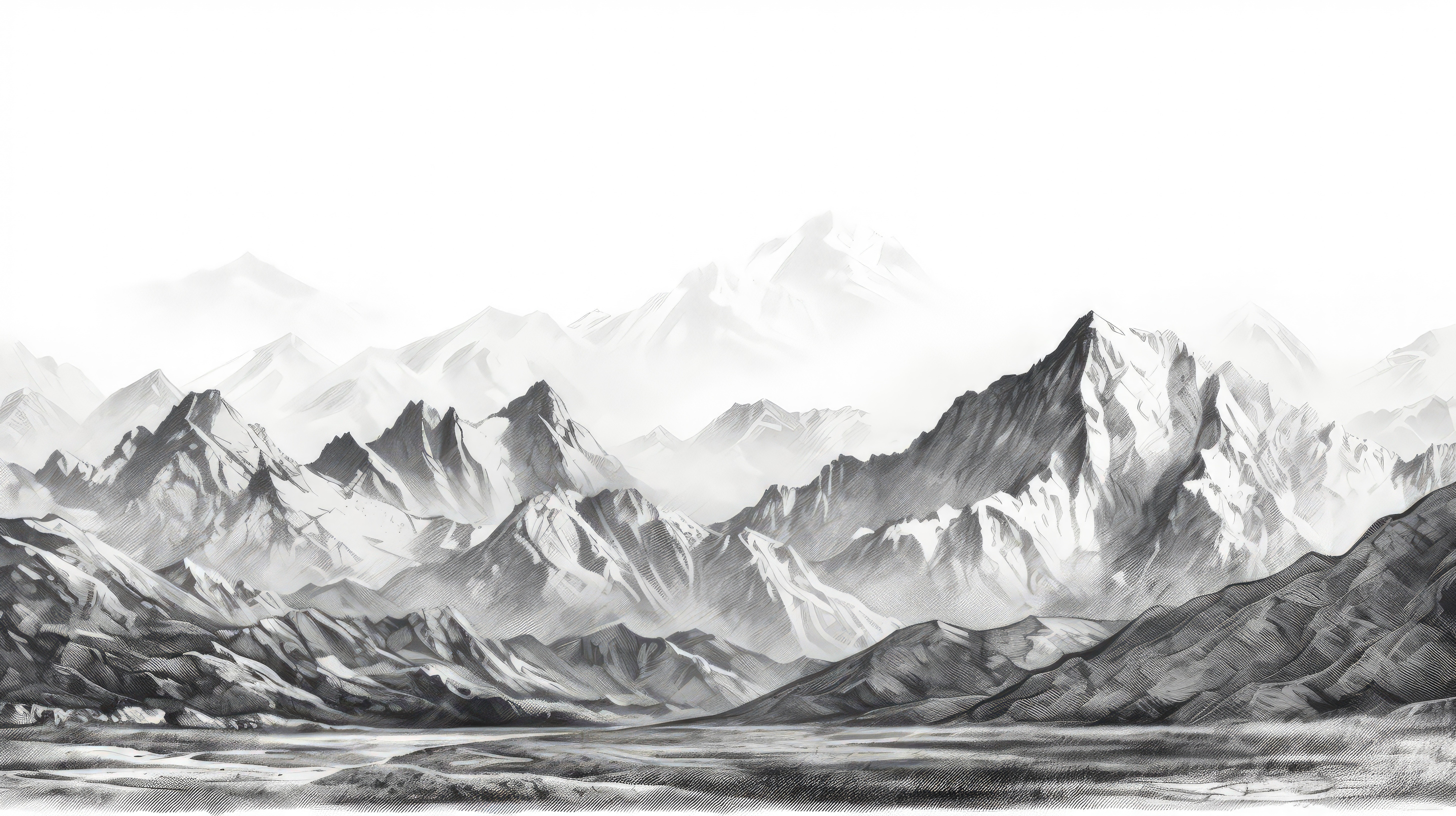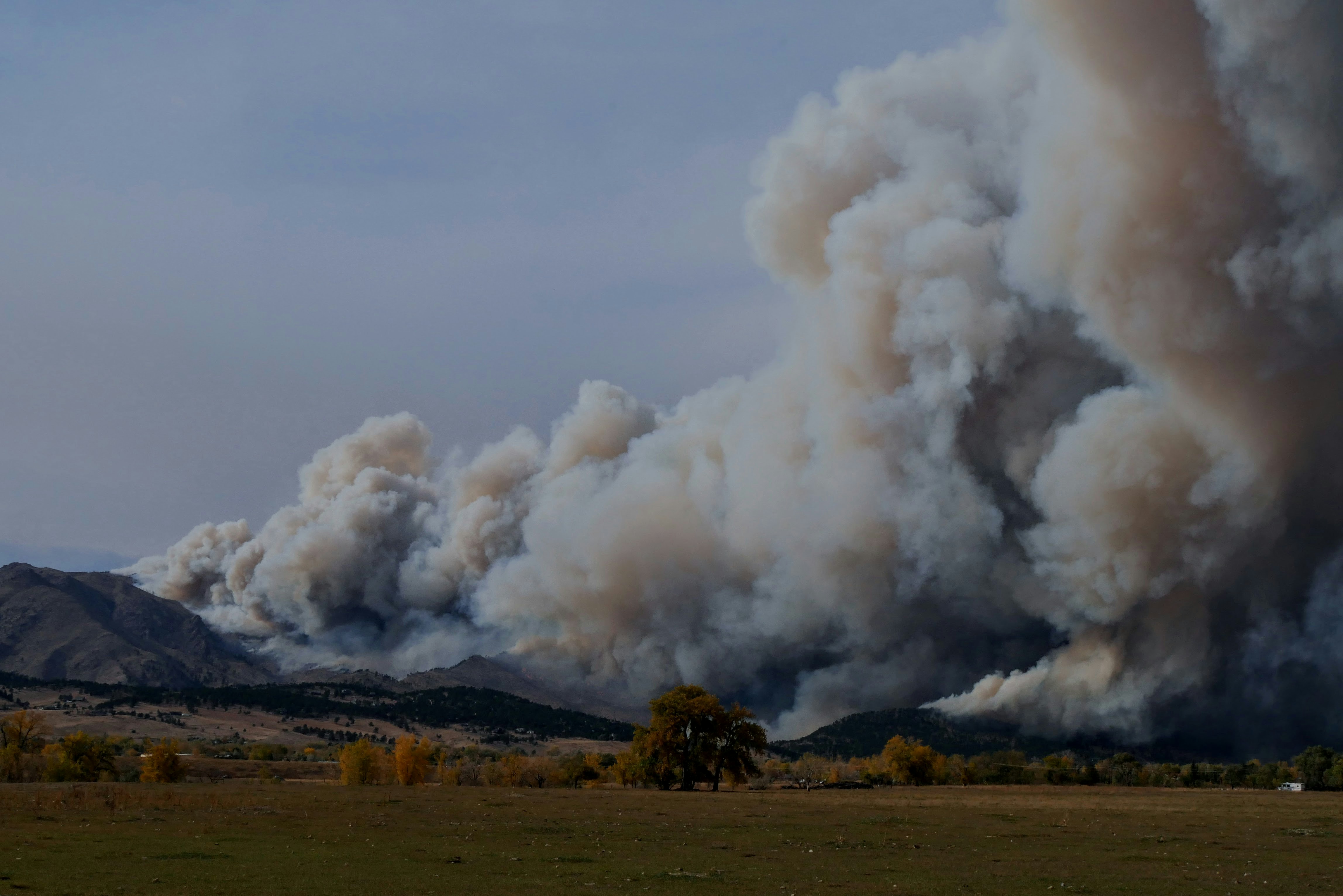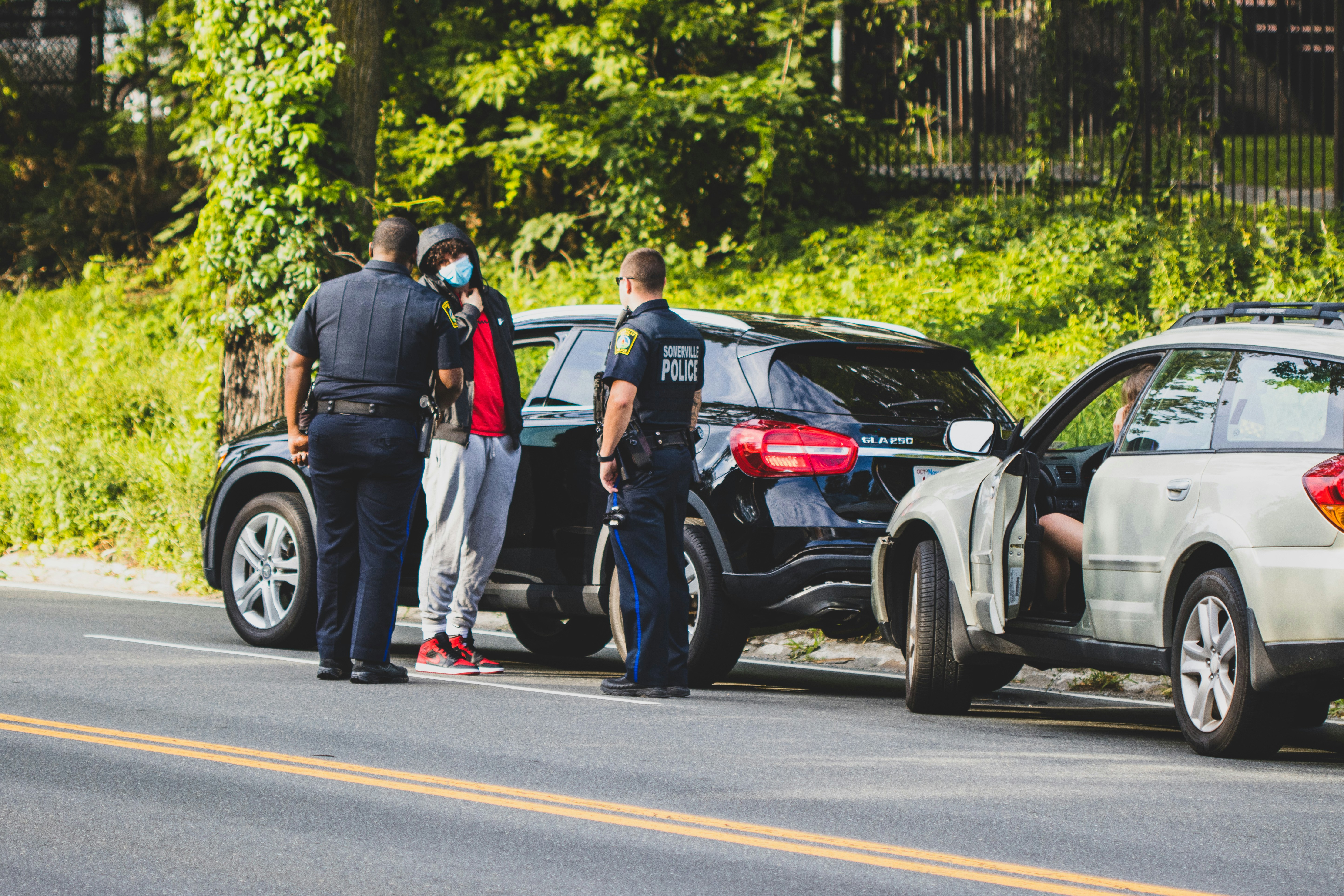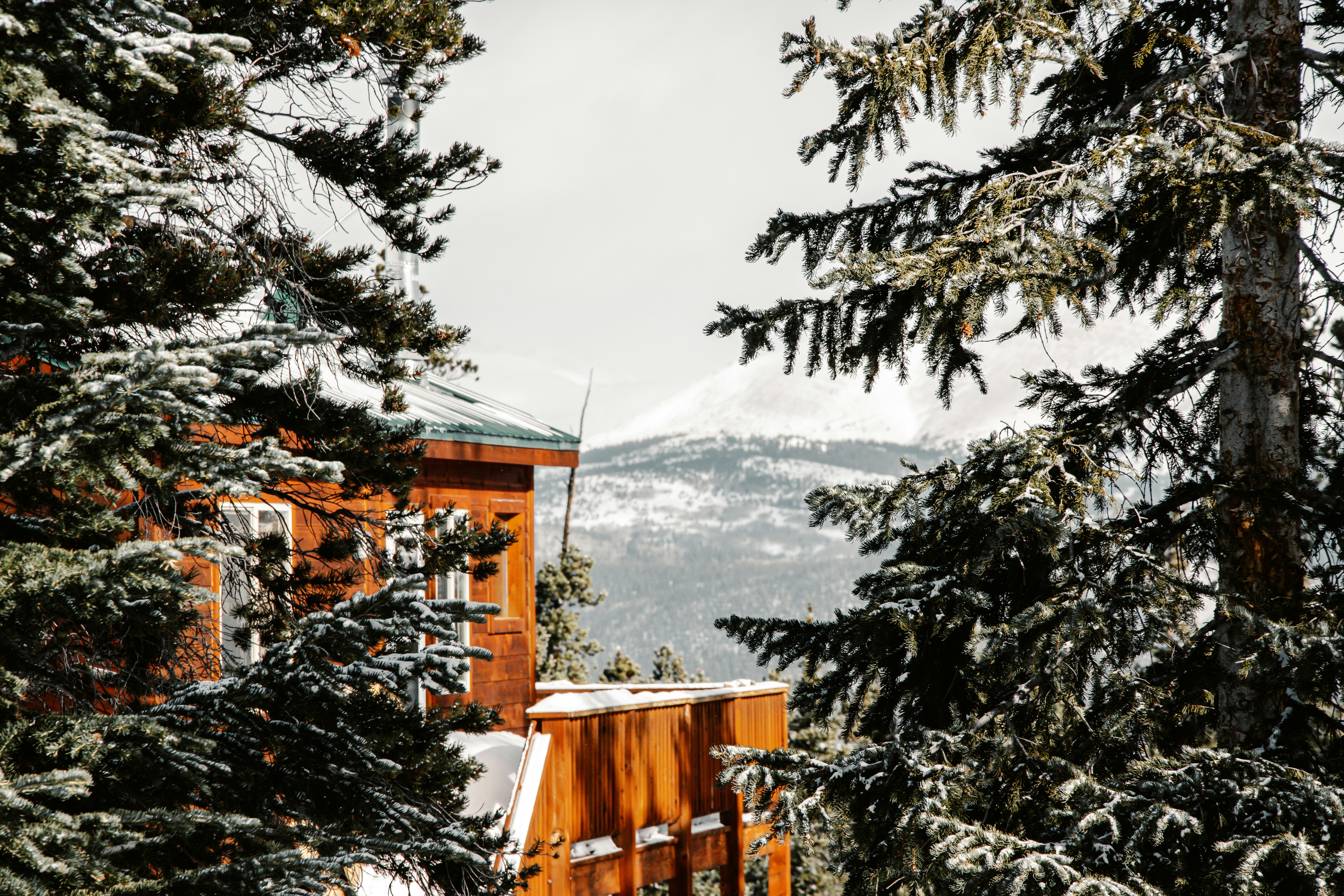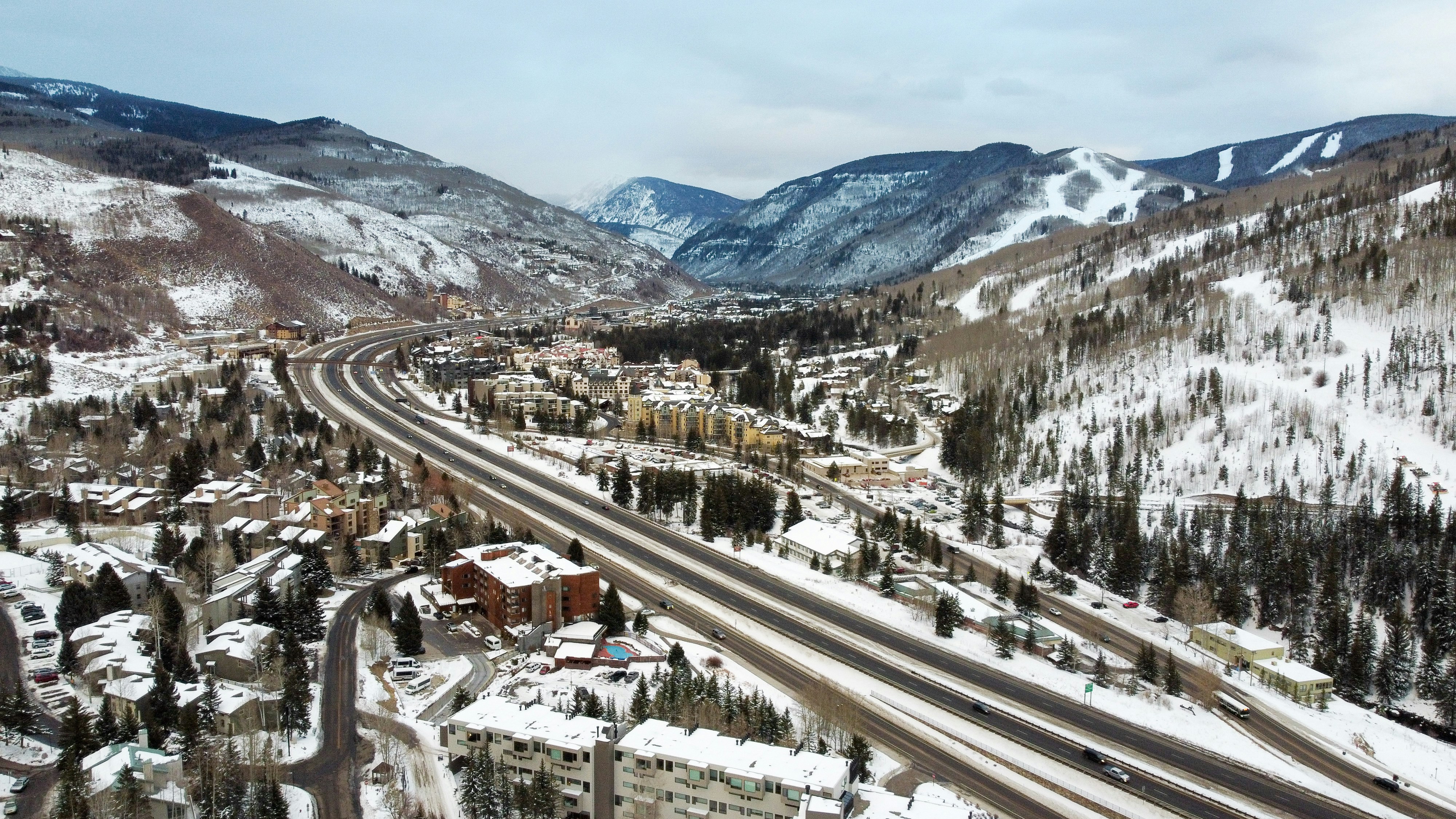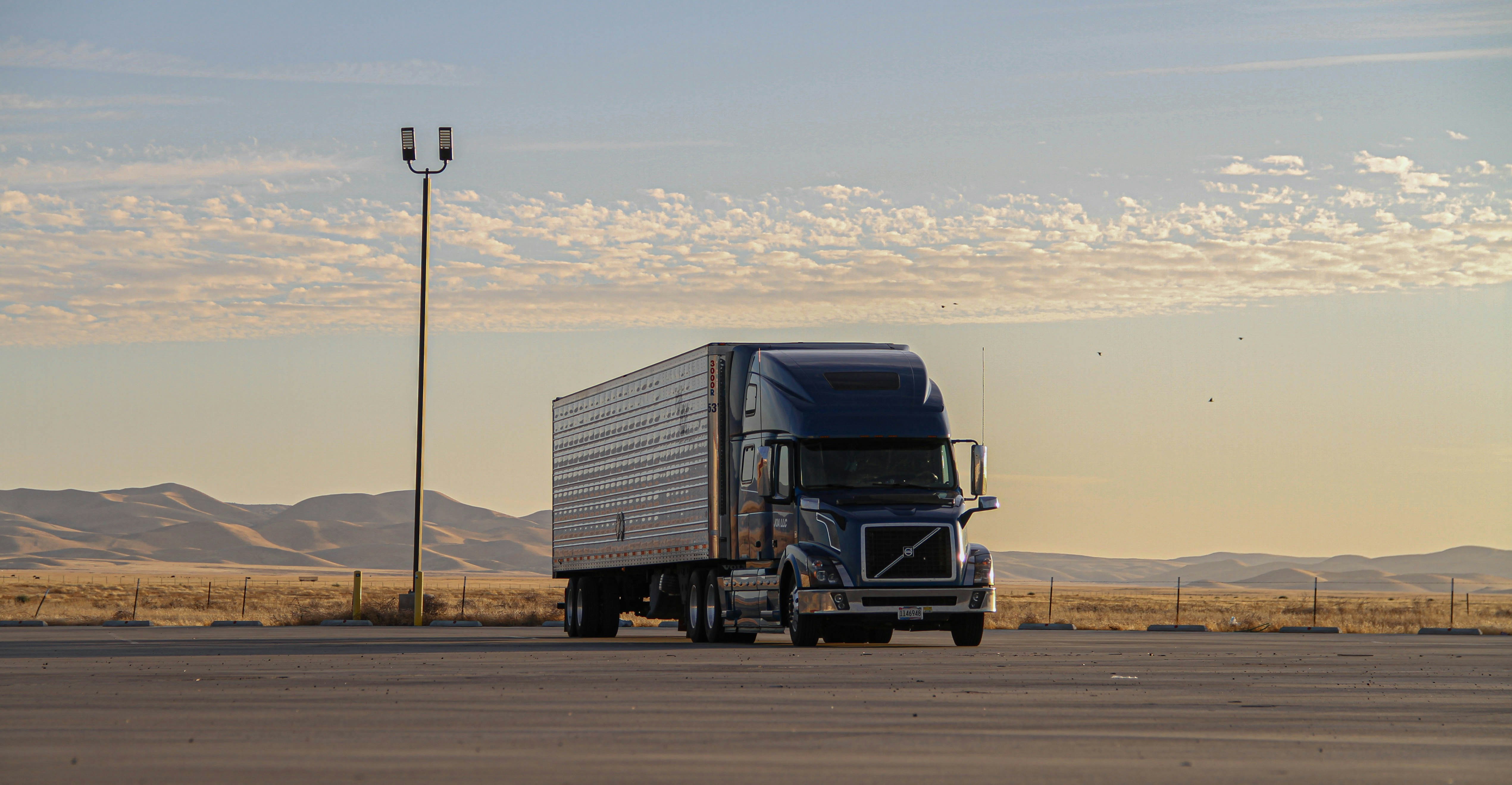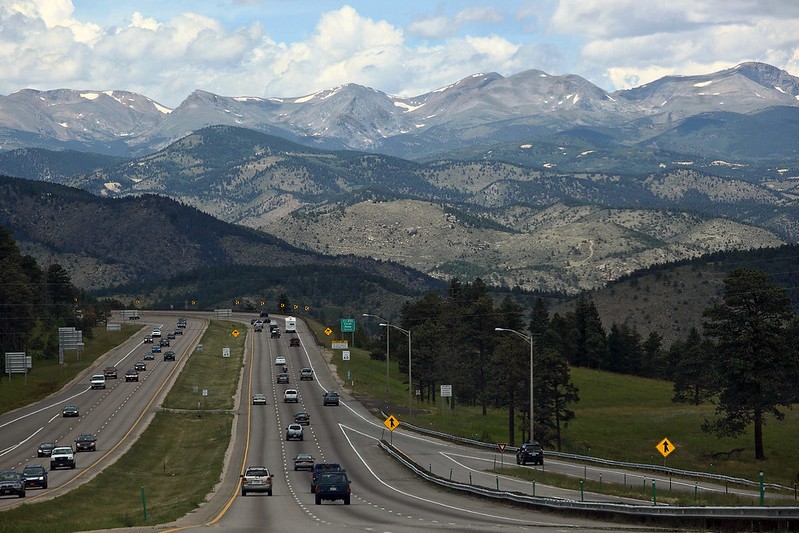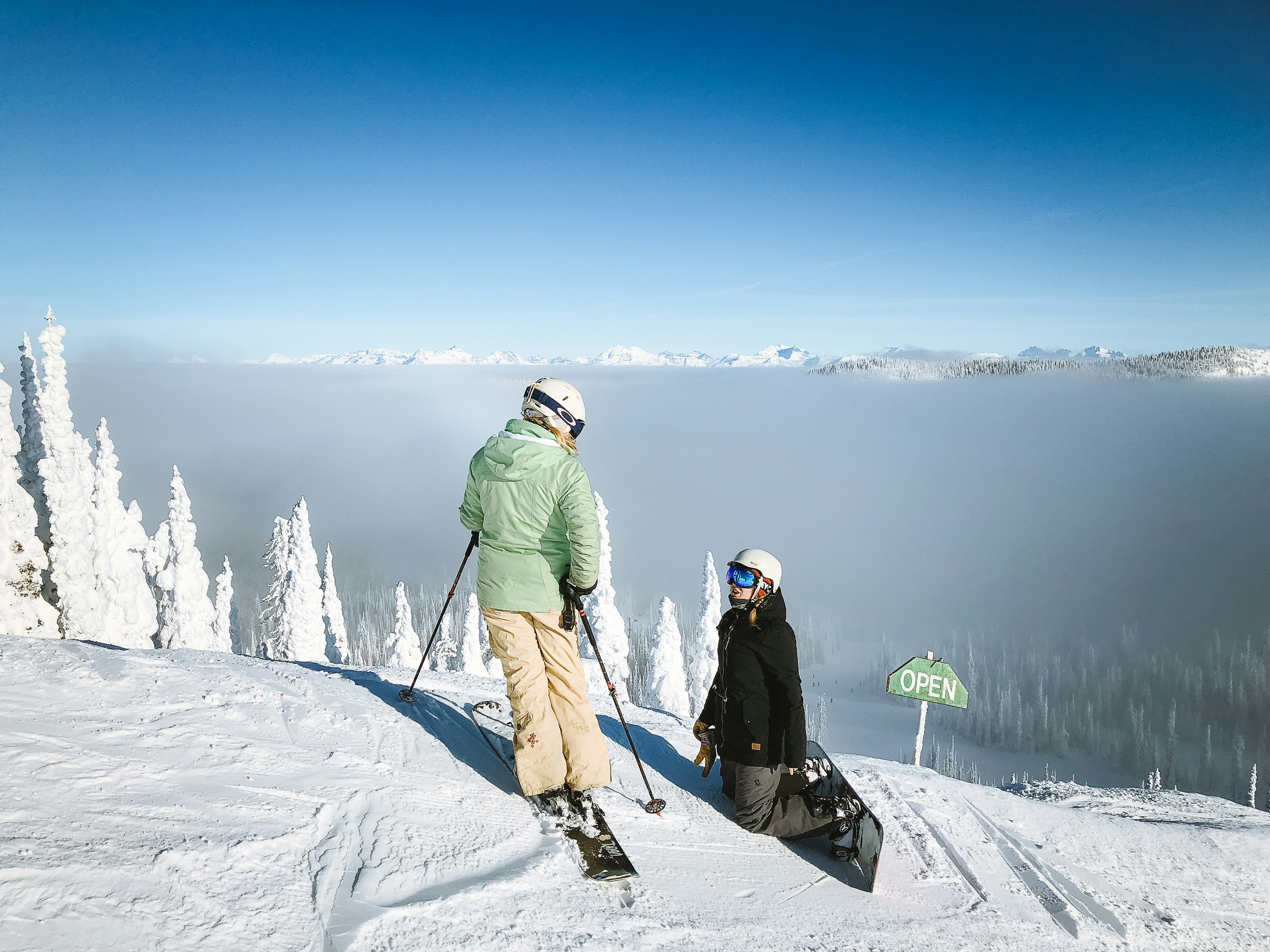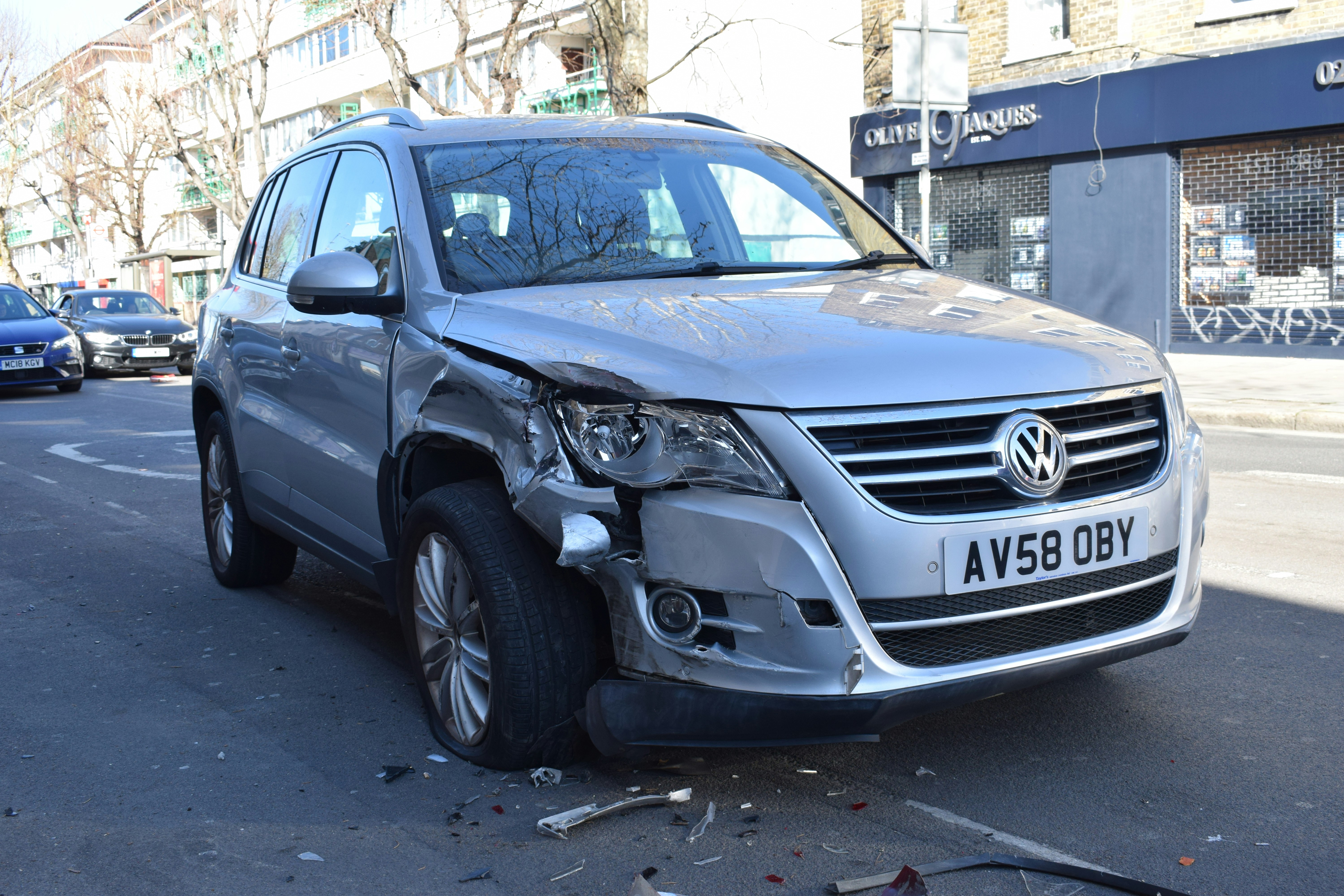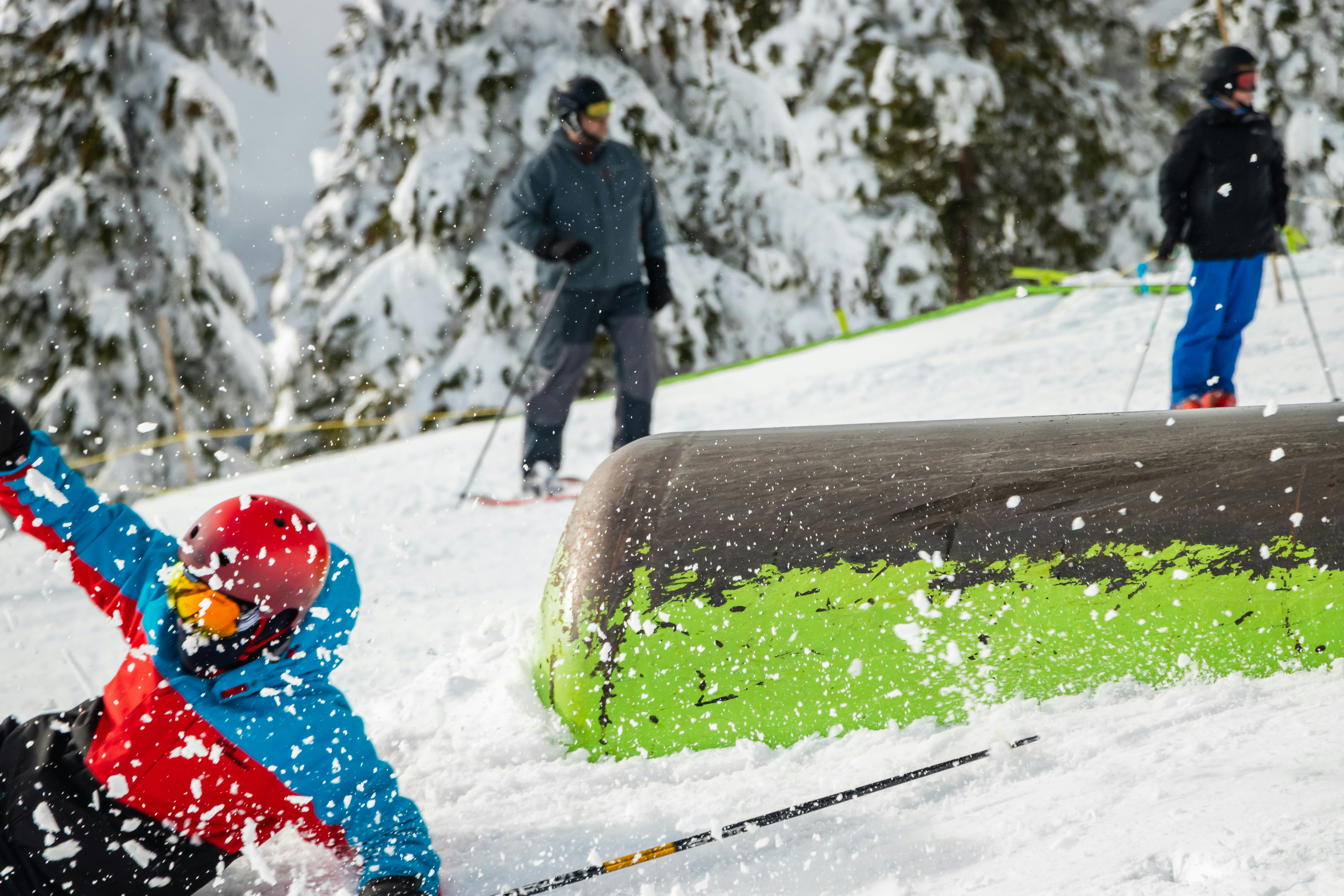Smoke Damage Lawyer: Turn Lowball Offers Into Full Recovery
Post date :
February 9, 2024

Founder, Western Slope Law
When smoke invades your home, the insurance company's first offer rarely reflects the true damage lurking in your walls, ducts, and attic. Most Colorado homeowners accept these initial settlements, unaware they're leaving tens of thousands of dollars behind. The difference between a quick payout and proper compensation often comes down to understanding what smoke damage lawyers know about forcing insurers to honor their obligations.
The $50,000 Mistake Most Smoke Damage Victims Make
The relief of receiving any offer after a fire can cloud your judgment. Insurance companies count on this emotional vulnerability, pushing quick settlements before you discover the full extent of hidden damage. In Colorado, this tactic costs homeowners an average of $50,000 or more in uncompensated losses.
The first 72 hours after filing your claim are the most important. During this window, smoke residue remains at peak measurability. Surface pH levels, particulate counts, and chloride concentrations provide irrefutable evidence of damage. Once cleaning begins, the evidence vanishes along with your negotiating leverage.
Make sure you or your legal team document corrosive residues in your HVAC system, contamination in attic insulation, and dangerous particulate levels on electronics.
Why Insurance Companies Rush You
Colorado's costliest natural disaster, the Marshall Fire, generated over 1 billion in insured losses, with smoke damage extending far beyond burn perimeters. Insurance companies understand that comprehensive testing reveals expensive problems they'd rather not pay for. By pressuring you to accept fast settlements, they close their claims before the true scope emerges.
The strategy works because most people don't realize smoke damage worsens over time. Acidic residues continue corroding metal surfaces, while trapped particles in building cavities create ongoing contamination. What seems like minor discoloration today becomes structural damage tomorrow.
Hidden Smoke Damage Your Insurance Adjuster Won't Find
Insurance adjusters typically spend less than an hour inspecting smoke-damaged properties. They note obvious wall staining and lingering odors, then calculate settlements based on surface cleaning. Meanwhile, the most expensive damage hides where quick inspections never venture.
HVAC System Contamination
Your heating and cooling system acts like your home's lungs during a fire event. As the system runs, it pulls smoke particles deep into ductwork, coating every surface with corrosive residue. These contaminants don't simply disappear with basic cleaning—they re-aerosolize each time your system operates, creating an ongoing health hazard.
Professional HVAC testing following National Air Duct Cleaners Association standards often reveals contamination requiring complete duct replacement. In Colorado's dry climate, where static electricity attracts particles to metal surfaces, replacement costs frequently multiply claims by 3-5 times compared to surface cleaning alone.
The key is documenting contamination before any cleaning attempts. Particulate sampling in supply and return ducts, pH testing on coil surfaces, and swab samples from blower wheels create an evidence trail insurance companies cannot dispute. When readings exceed industry action thresholds, you're no longer negotiating preferences—you're enforcing published safety standards.
Structural Wood and Insulation Damage
Colorado's arid environment creates unique challenges for smoke remediation. Ultra-fine particles penetrate deep into porous materials where surface cleaning cannot reach. Your attic becomes ground zero for this hidden contamination, as negative pressure during fire events pulls smoke through every possible opening.
EPA research confirms that wildfire smoke particles persist in building materials long after visible residue disappears. Tape lift sampling on roof sheathing and truss members often reveals contamination levels that restoration standards classify as non-cleanable. When insulation tests positive for embedded smoke particles full removal and replacement becomes the only permanent solution.
Insurance companies routinely propose sealing smoke damage behind paint or other covers. This approach traps corrosive residues and odor sources inside your home's structure. Professional testing exposes this shortcut, forcing proper remediation that actually returns your property to pre-loss condition.
Electronics and Appliances
Smoke residue creates particularly invasive damage to electronic devices. When soot particles combine with humidity, they form corrosive films on circuit boards and sensitive components. National Institute of Standards and Technology studies demonstrate how fire residues accelerate metal corrosion, leading to device failures weeks or months after initial exposure.
Your refrigerator, HVAC controls, computers, and entertainment systems may power on today but fail catastrophically later. Insurance adjusters often mark these items as "cleanable," ignoring the latent damage already occurring at the microscopic level. Proper documentation includes photographing residue near ventilation ports, recording serial numbers and purchase dates, and obtaining professional assessments confirming that cleaning cannot restore manufacturer reliability standards.
Bad Faith Insurance Tactics and Your Legal Counter-Moves
When insurance companies face properly documented claims, they often shift from lowball offers to outright bad faith tactics. Recognizing these strategies and knowing Colorado law can transform frustrating delays into legal leverage.
The "Pre-Existing Damage" Defense
Insurers love blaming smoke damage on normal wear and tear. That discoloration in your ductwork? They'll claim it's just old dust. The corrosion on your furnace? Normal aging, they'll argue. This tactic crumbles when confronted with proper testing data and Colorado's legal standards.
The Colorado Supreme Court's ruling in State Farm v. Fisher established that insurers cannot withhold undisputed portions of claims as negotiation leverage. When your testing proves smoke contamination, the insurer must pay for documented damage immediately, not use it as a bargaining chip for disputed items.
Lowball Engineering Reports
Insurance companies maintain stables of "preferred" engineers who consistently find minimal damage. These reports often rely on limited visual inspection, ignoring industry testing standards. In our experience, independent experts can reverse these findings once proper sampling occurs.
Colorado law guarantees your right to obtain independent assessments. When confronting a lowball engineering report, demand the full sampling methodology, chain of custody documentation, and specific standards followed. If the insurer's expert performed only visual inspection or limited sampling, their conclusions lack the scientific foundation required for accurate scope development.
Delay Tactics During Fire Season
Some insurers deliberately slow-walk claims during peak wildfire months, hoping desperation drives acceptance of inadequate settlements. Colorado statute C.R.S. 10-3-1115 prohibits unreasonable claim delays, with some violations providing double damages plus attorney fees.
Document every missed deadline and ignored request. Each failure to respond to testing data, each refusal to pay undisputed items, and each unexplained delay builds your bad faith case. In extreme cases involving willful misconduct, courts can triple compensatory damages under Colorado's punitive damage statute.
Maximizing Your Smoke Damage Settlement in Colorado
Wildfire smoke claims in Colorado's mountain communities present unique challenges—and opportunities for higher settlements. Unlike single-structure fires, wildfire smoke exposure continues for days or weeks, driving contamination deep into building materials. Western Slope properties face additional complications from terrain-induced inversion layers that trap smoke at ground level.
The Mountain Property Multiplier
Properties at elevation experience "stack effect" intensification, where temperature differentials pull contaminated air through the entire building envelope. This phenomenon, combined with extended exposure during multi-day fire events, justifies higher remediation scopes than comparable damage at lower elevations.
Testing data from recent Western Slope fires shows smoke infiltration patterns reaching from crawlspaces through attics, with measurable contamination in wall cavities and chase ways. When residue readings remain elevated across multiple building levels, arguing for 50-80% contents replacement becomes defensible based on exposure duration and penetration patterns.
Colorado's Powerful Additional Benefits
Beyond structure and contents coverage, Colorado policies include often-overlooked benefits that significantly increase total recovery. Additional Living Expense (ALE) coverage pays for temporary housing, increased food costs, and other displacement expenses. In resort communities where rental costs soar, four months of displacement can add $40,000 or more to your claim.
Colorado's Division of Insurance repeatedly emphasizes that carriers must clearly explain these benefits and cannot artificially limit them during declared disasters. Civil authority coverage applies when evacuation orders prevent property access, even if your home sustains no direct damage.
Your Next 48 Hours: Critical Action Steps
Time is your enemy in smoke damage claims. Every hour that passes allows evidence to degrade, memories to fade, and insurance companies to solidify their position. Your immediate actions determine whether you recover tens of thousands or hundreds of thousands of dollars.
Start by freezing the scene exactly as it exists. Walk through your property with your phone, narrating visible damage in each room. Focus on HVAC registers, return air grilles, attic access points, and electronics. Capture close-up images showing residue patterns, especially where smoke entered the structure.
Before anyone cleans anything, schedule professional testing. You need particulate counts in ductwork, tape lifts on structural materials, pH readings on surfaces, and chloride testing near metal components. This data becomes your claim's foundation—without it, you're simply arguing opinions.
Find a restoration contractor who follows IICRC and ACR standards and will develop a scope based on test results, not flat-rate pricing. Many contractors work too closely with insurance companies, proposing minimal remediation to speed approval. You need an advocate for proper restoration, not a quick cleanup.
Protecting Your Legal Position
Avoid recorded statements until you understand your damage fully. When insurance representatives call, respond professionally: "I'm documenting the loss and reviewing my coverage. Please send any questions in writing, and I'll respond promptly with my attorney."
Send immediate written notice preserving your rights: "We are conducting comprehensive testing to determine the full extent of smoke damage. Please issue payment for undisputed emergency services and ALE immediately. We will provide test results and remediation scope as soon as available."
What Recovery Really Looks Like
Properly documented smoke damage claims follow predictable patterns. Initial cleaning-only estimates for 2,000 square foot homes typically range from $8,000-$20,000. Once testing justifies HVAC replacement, insulation removal, and appropriate structural cleaning, building remediation often reaches $40,000-$120,000.
Contents replacement and ALE can add another $30,000-$150,000 depending on exposure severity and displacement duration. These aren't guarantees—they're ranges based on claims built on scientific data and industry standards rather than adjuster opinions.
The difference between accepting that first lowball offer and securing full compensation comes down to knowledge, documentation, and aggressive advocacy. Colorado law provides powerful tools for policyholders who understand their rights. When insurance companies face properly built claims backed by experienced smoke damage lawyers, they pay what they owe.
Your home deserves proper restoration, not cosmetic cover-ups. Your family deserves full compensation, not whatever the insurance company hopes you'll accept. If you're facing smoke damage from recent fires, the next steps you take determine your recovery's success. Reach out to Western Slope Law, and let's convert your documentation into the results you deserve.
